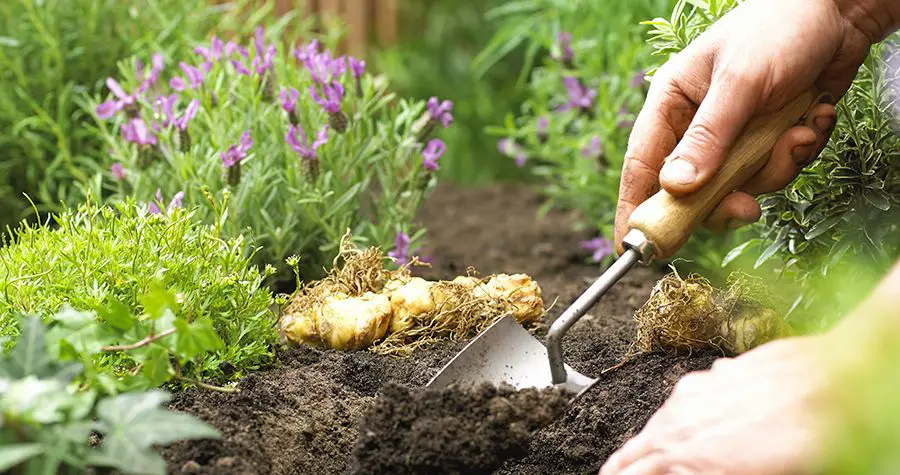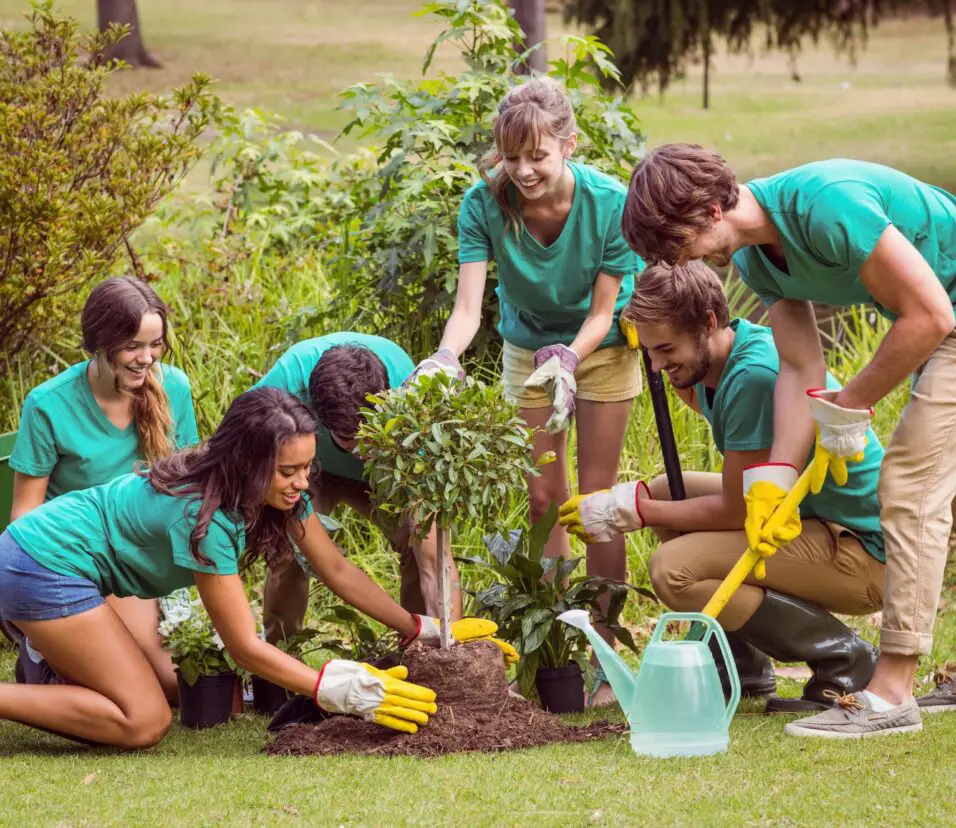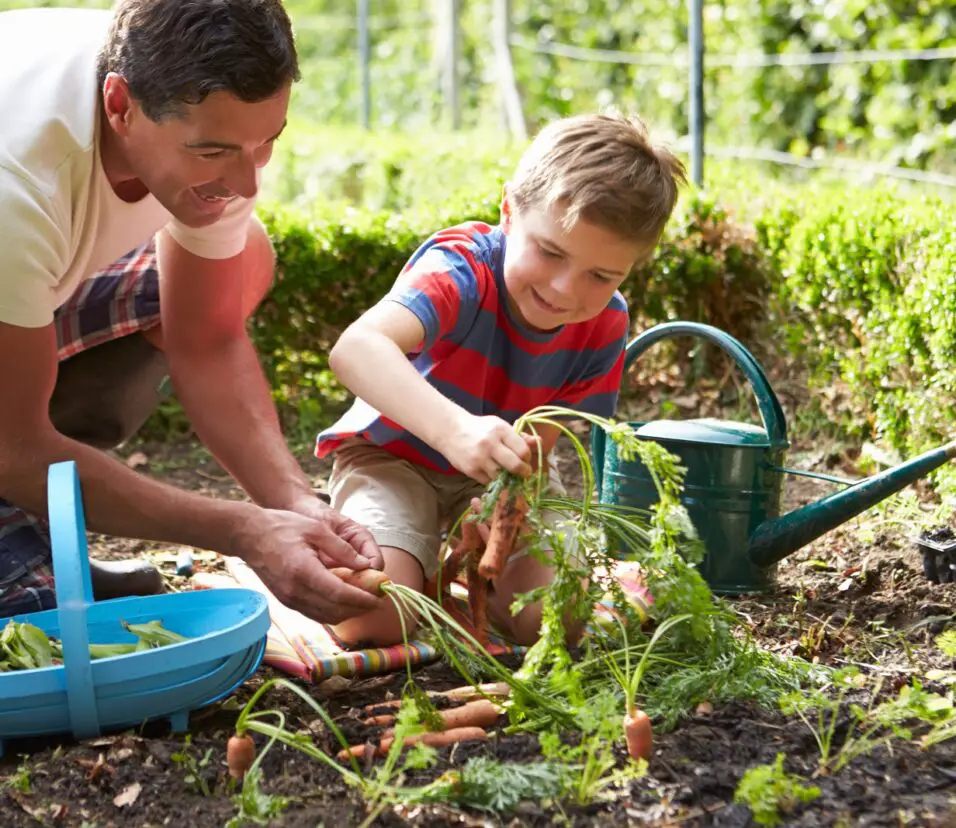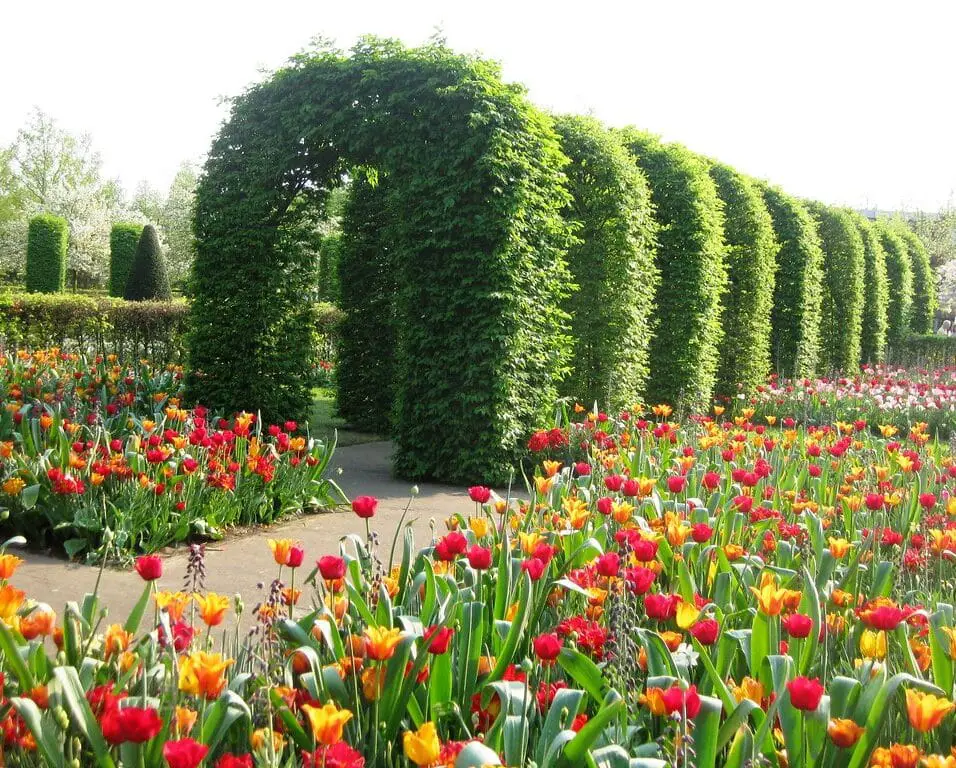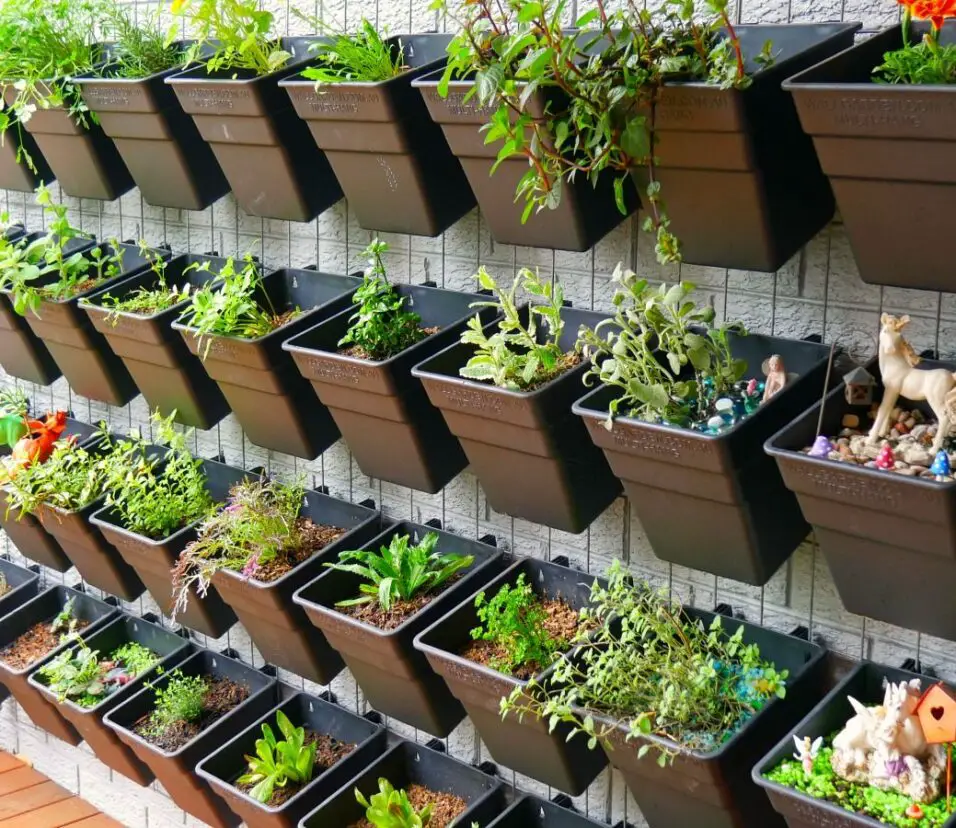Can You Use Top Soil For Gardening
Introduction
Gardening enthusiasts and novices alike often find themselves grappling with the question of whether topsoil can effectively be used in their gardening endeavors. As the foundational layer of soil, topsoil plays a crucial role in supporting plant growth and development. Understanding its properties and potential benefits is essential for cultivating thriving gardens.
In this comprehensive guide, we delve into the key aspects of utilizing topsoil for gardening purposes. We will explore the composition and characteristics of topsoil, shedding light on its nutrient content, texture, and drainage capabilities. By unraveling these factors, gardeners can gain valuable insights into how topsoil interacts with various plant species, and whether it can be harnessed to create optimal growing conditions.
Furthermore, this guide will address the considerations and precautions associated with using topsoil. Readers will be equipped with essential knowledge about the potential advantages and limitations of incorporating topsoil into different gardening scenarios. Whether you’re embarking on a new garden project or seeking to enhance an existing one, understanding the nuances of topsoil usage can significantly impact the success of your gardening endeavors.
Join us as we navigate through the world of topsoil and wall gardening, unraveling its potential benefits and guiding you towards informed decisions. By the end of this exploration, you’ll be better prepared to determine whether and how topsoil can be effectively integrated into your gardening practices to yield vibrant and flourishing results.

Is top soil the same as garden soil?
Garden soil is just topsoil that has extra organic matter mixed in, like compost, peat, bark shredding, or fertilizer. It’s intended to be used in the garden, where your plants benefit from the added fertility and nutrients. Some garden soils are even specifically tailored for vegetables or flowers.
In the earth’s crust, topsoil is the top 2–8 inches of soil. Plant growth requires organic materials, nutrients, and microbes. However, garden soil is made by mixing topsoil with compost, peat moss, and sometimes sand or perlite. This blend is routinely modified to improve drainage, moisture retention, and gardening nutrients.
Key differences are composition and purpose. Topsoil is natural, while garden soil is manufactured to improve growing conditions. In contrast to topsoil, garden soil has more nutrients, water-holding capacity, and texture. Gardeners must understand this difference to choose the right soil for their plants and aims.
Can I mix top soil with garden soil?
Deciding Between Topsoil and Garden Soil
Keep in mind, too, that if you have a large area to cover, you can consider combining the two soils.
Yes, you can mix topsoil with garden soil to create a balanced and nutrient-rich growing medium for your plants. Combining these two types of soil can offer a range of benefits that contribute to healthier plant growth. Topsoil, being the uppermost layer of soil rich in organic matter and minerals, provides a solid foundation for plants. Garden soil, often enriched with compost, peat moss, and other additives, improves drainage, water retention, and overall soil structure.
Mixing topsoil with garden soil can help achieve an optimal blend that retains moisture while allowing excess water to drain effectively. The organic matter in garden soil enhances soil fertility and provides essential nutrients to plants. This combination also helps create an environment conducive to beneficial microbial activity, promoting nutrient cycling and root health.
However, it’s essential to strike the right balance when mixing these soils. Consider the specific needs of your plants and the characteristics of your garden area. Conduct a soil test to understand the existing soil composition and adjust the ratio of topsoil to garden soil accordingly. By blending these two soil types thoughtfully, you can create a customized growing medium that supports vigorous plant growth and development.
What is best soil for garden?
loamy
The ideal soil texture is “loamy” and consists of equal parts of sand, silt, and clay. Loamy soil has that perfect balance—it holds moisture but also drains well, allows oxygen to reach plants’ roots, and is rich in humus (organic matter).
The best soil for a garden is a well-balanced, loamy soil that offers optimal conditions for plant growth. Loamy soil is a mixture of sand, silt, and clay particles, creating a texture that promotes excellent drainage, moisture retention, and aeration. This type of soil provides a stable structure that allows roots to penetrate easily and access both water and nutrients.
Loamy soil is typically rich in organic matter, which enhances its fertility and supports microbial activity crucial for nutrient breakdown and absorption by plants. This type of soil also tends to have a neutral pH, which is generally favorable for a wide range of plants.
However, it’s important to note that the “best” soil can vary depending on the specific plants you intend to grow. Some plants may prefer slightly acidic or alkaline soils, and certain specialty plants might require specialized mixes. Conducting a soil test can help you understand your soil’s composition and pH, allowing you to amend it accordingly.
In essence, a loamy soil that has been enriched with organic matter and well-maintained through proper cultivation practices is often considered the best choice for a thriving garden. Regular monitoring, appropriate amendments, and mindful care will contribute to sustaining healthy soil and abundant plant growth.
Is top soil good for raised garden beds?
Find excess native dirt in your yard from garden excavation or other activities to fill your new raised beds. Buy bags of soil labeled organic vegetable and herb mix or organic garden soil for vegetables and flowers.
Using topsoil in raised garden beds might be advantageous, but consider these aspects first. With its nutrients and organic materials, topsoil can support plant growth in raised beds. It offers vital nutrients and reasonably balanced soil.
The quality and composition of topsoil determine its appropriateness. Too much compacted dirt might hinder drainage and root growth in raised beds. Use high-quality, well-draining topsoil and mix it with compost or other organic materials to improve structure, moisture retention, and nutrient content.
Raised beds also need better drainage than ground-level gardens. Thus, testing the topsoil’s drainage and adding coarse sand or perlite may be advantageous. Test the topsoil’s pH and nutrients and make any required modifications.
Raised garden beds can employ topsoil, but its quality, drainage, and amendment needs must be considered. Topsoil provides a foundation for optimal plant growth in raised bed gardening when chosen and improved.
How does the composition of topsoil differ from other types of soil, and how does it impact plant growth?
Topsoil, the uppermost layer of soil, possesses a distinct composition that differentiates it from other soil types. It is enriched with a combination of organic matter, minerals, and microorganisms, making it particularly conducive to supporting plant growth. Unlike subsoil or clay soil, which may lack adequate nutrients or proper structure, topsoil contains a blend of essential elements that foster a thriving plant environment.
The organic matter in topsoil contributes to its dark color and nutrient richness. These nutrients, like nitrogen, phosphorus, and potassium, are vital for plants’ metabolic processes. Moreover, the granular structure of topsoil ensures sufficient aeration and drainage, preventing waterlogging and allowing roots to breathe and expand.
This unique composition profoundly impacts plant growth. The nutrient content fuels plants’ development, aiding in root establishment, leaf growth, and flower production. The improved structure allows roots to penetrate easily, anchoring plants securely while accessing water and nutrients. Additionally, the presence of beneficial microorganisms supports nutrient cycling and enhances soil fertility.
Understanding the composition of topsoil is crucial because it highlights its role in creating optimal conditions for plant growth. Utilizing topsoil in gardening can substantially improve the chances of cultivating healthy, robust plants, ensuring that they receive the nutrients, water, and structure needed to flourish.
What factors should gardeners consider when deciding whether to use topsoil in their gardening projects?
When contemplating the use of topsoil in gardening projects, several vital factors warrant careful consideration. Firstly, the quality of the topsoil is paramount. Assessing its nutrient content, texture, and pH levels is essential to ensure it aligns with the needs of the intended plants. Additionally, the source of the topsoil matters – reputable suppliers offering uncontaminated soil can mitigate potential issues.
The existing soil in your garden is another crucial aspect. Compatibility between the native soil and the topsoil needs to be examined. Incorporating topsoil should ideally improve the existing soil structure rather than create dissonance. Moreover, the intended gardening method matters; raised beds might require a specific blend to facilitate proper drainage and root development.
Financial considerations also come into play. Topsoil acquisition and potential amendments can impact the budget. Gardeners must weigh these costs against the anticipated benefits to determine if topsoil usage aligns with their gardening goals.
Lastly, the long-term effects should be considered. Will the topsoil enhance soil fertility and structure over time, or will it require consistent maintenance? Thoughtful evaluation of these factors empowers gardeners to make informed decisions about incorporating topsoil, ensuring that it contributes positively to their gardening projects and overall plant health.
Can topsoil be used as-is, or are there recommended modifications or enhancements before incorporating it into gardening?
Using topsoil as-is for gardening may not always yield optimal results. While topsoil contains essential nutrients and organic matter, its characteristics can vary widely. Therefore, recommended modifications or enhancements are often necessary before incorporating it into gardening projects.
One common enhancement is to test the topsoil’s nutrient levels and pH. Based on the results, gardeners may need to adjust the soil’s pH or supplement nutrients to ensure it meets the specific requirements of the intended plants.
Improving soil structure is another consideration. Topsoil can sometimes be compacted or lack proper drainage. Adding organic matter like compost can help improve aeration and water-holding capacity, creating a more hospitable environment for plant roots.
Additionally, mixing topsoil with other soil types or amendments, such as sand or perlite, can enhance its texture and drainage properties, particularly in raised beds or containers.
While topsoil contains valuable components, enhancing it through testing, nutrient adjustments, and improvements to structure can tailor it to the specific needs of your garden, leading to better plant growth and overall gardening success.
How does the use of topsoil influence the overall health and vitality of plants, and what best practices should be followed to ensure successful gardening outcomes?
The use of topsoil significantly impacts the overall health and vitality of plants by providing a nutrient-rich foundation that supports essential growth processes. Topsoil’s organic matter and mineral content furnish plants with the necessary nutrients, promoting robust foliage, vibrant blooms, and sturdy root systems. Moreover, its well-structured composition ensures proper aeration and drainage, preventing waterlogged roots and enhancing nutrient uptake.
To ensure successful gardening outcomes when using topsoil, several best practices should be observed. Firstly, assess the quality of the topsoil, conducting soil tests to determine nutrient levels and pH. This knowledge guides amendments to tailor the soil to specific plant needs.
Additionally, when incorporating topsoil, ensure proper mixing with existing soil to maintain consistency and avoid abrupt changes that might shock plants. Regular monitoring of soil moisture and appropriate watering practices prevent over-saturation or drought stress.
Incorporating organic matter such as compost further enhances topsoil’s fertility and structure. Rotation of crops and practicing crop diversity can also prevent soil depletion and diseases.
By following these best practices, gardeners can harness the benefits of topsoil to create a nurturing environment for plants, resulting in vibrant, flourishing gardens that showcase the full potential of their greenery.
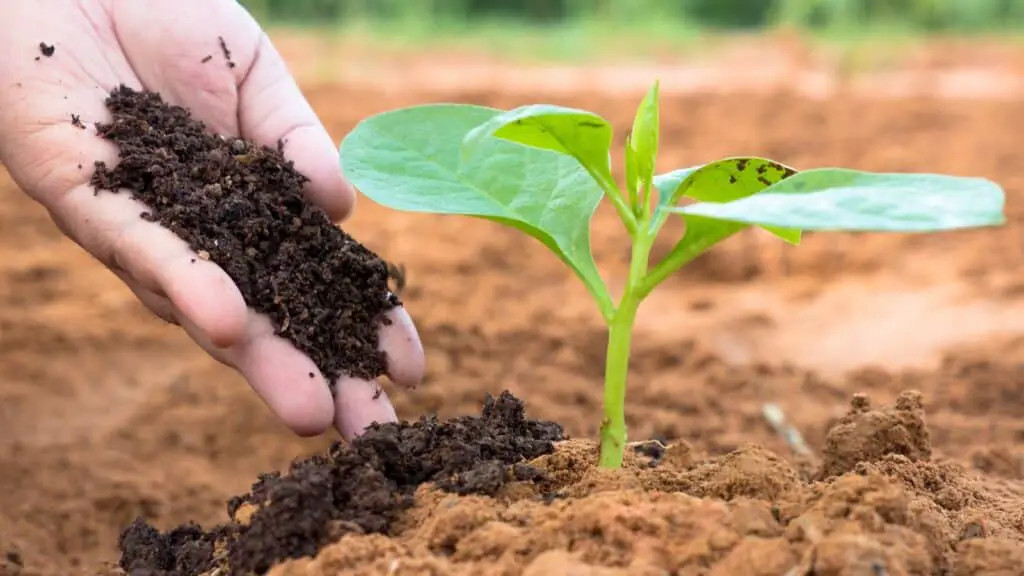
Conclusion
In the journey through the intricacies of utilizing topsoil for gardening, one can conclude that it holds a crucial place in cultivating thriving, bountiful gardens. The nuanced understanding gained reveals that while topsoil is rich in essential nutrients, its successful integration often requires thoughtful consideration and proactive measures.
Topsoil, with its organic matter, minerals, and microorganisms, serves as a reservoir of life-giving elements for plants. Its benefits extend beyond mere sustenance, fostering strong root systems, lush foliage, and vibrant blooms. However, the suitability of topsoil varies, necessitating careful evaluation of its quality, composition, and compatibility with existing soil.
The art of incorporating topsoil good involves a symphony of practices. Testing its nutrient content and pH, blending it with other components, and improving its structure through compost or amendments emerge as critical steps. These actions harmonize to create a balanced environment that nurtures plants and supports their growth from germination to fruition.
From raised beds to container gardening, the considerations remain constant: the balance between drainage and moisture retention, nutrient availability, and soil structure. Acknowledging that topsoil is a dynamic resource that can be enhanced and adapted underscores the significance of this process.



